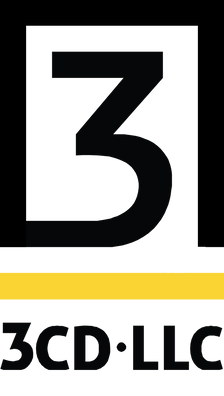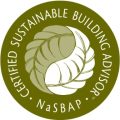Thanks for following my blog about how you can reduce the risk of disputes in construction projects and, if a dispute is unavoidable, reducing its cost and duration. Today’s post lays the groundwork for the subject; identifying the order of subjects the blog will use to explore the subject. I will also share a tool called the 8 frames of reference that you can use to evaluate the risk of dispute at any phase or point in your project.
I will do my best to present the subjects based on “The” risk, rather than focus on a risk for one party or another. I have come to the conclusion that risks and costs of disputes rarely favor one side – even when the obligations are clearly assigned and documented.
I invite you to consider the hypothesis that evaluating risk can be a gateway to better planning and informed strategies overall. I recall reading a story about Paul O’Neill, who in 1987 was the new CEO of Alcoa. O’Neill made history by using safety as the spearpoint to continuous improvement. When he started with Alcoa they were on the ropes, in 2000 when O’Neill retired, he had increased Alcoa’s market capitalization 5-fold. I put a link at the bottom if you want the whole story.
In an effort to make this huge subject digestible in about the time it takes to drink a cup of coffee, I am going to suggest we examine the risk of dispute in a series of posts focusing on the opportunities in each phase of a project’s life cycle:
Phase 1 – Design
To know or not to know – which is riskier, more expensive?

I have heard people refer to baking a cake as a metaphor for developing projects. You hear “there are a lot of ways to do it” in recognition that we don’t have to necessarily follow the same process and “that cake was already baked” meaning someone screwed up early on and so we never really had a chance. Sticking with the metaphor for a moment, you have lots of choices of the ingredients for your project, how it will be put together and, like the cake, the product that comes out of the “oven” is likely to reflect the choices made early on.
The answer of which is more expensive / riskier of course, is…
-
On the level of trust. Are the people you plan to work with loyal to your success and trustworthy? Will they help you mitigate the issue later without penalty or risk of dispute?
-
On the level of preparation. Will you be addressing this potential risk in the contract or contract documents (plans)? If so, is the cost of the lack of information higher than the cost to get the information and a commitment to solve it?
-
On the contracting strategy / forms. Is this a design build, integrated delivery process or some other form of negotiated delivery strategy? If so, you will pay for the cost but are less likely to end up in a dispute.
-
On the skill level and bandwidth of the team members. How capable are the people that will be tasked with solving this issue? Will they have time, focus and energy to do a good job at the last minute?
-
On the market conditions at the time. Do they think YOU are doing them a favor by awarding the job to them or do they think THEY are doing you a favor by taking the job? This perception will significantly affect the cost and risk of dispute.
-
On the depth of the pockets and motivation of the vendors. Can you afford to deal with an unknown cost if and when it is discovered? If not, it may be better to know what you are up against. Are your vendors loyal and appreciative? Will they make something “go away” or take the sting out of it?
-
On bandwidth, again. No matter how good your team members and vendors are, they have to be able to make time to solve this problem. What is this problem taking their attention away from? How likely is that to create a different dispute?
-
On straight up luck. As Clint Eastwood said in Dirty Harry: “Do you feel lucky?”. But seriously, how likely is it that this won’t be an issue. If so, the magnitude small enough to just see what happens?

At any time prior to or during a project, you can use these eight considerations to evaluate and anticipate risk and the cost-benefit of spending time and money on information. But the 8 ways are not just about deciding whether or not to invest in more information. For example, you can setup conditional strategies to mitigate the risk and cost later on; thereby reducing the risk of a dispute. This could be a note in the drawings, a clause in a contract or a favor you plan to ask just before awarding the scope. Or maybe it is just a way to get comfortable with choosing to see how it goes. You can’t chase every possibility for crying out loud.
More on those strategies as we get through the phases…
What techniques or frameworks do you use to evaluate the risk of your project / alternatives?
Thank you for your time today! Was this interesting or better yet valuable to you? If so, please like, share and comment. See you next time for Phase 1 – Project and Site Design…



